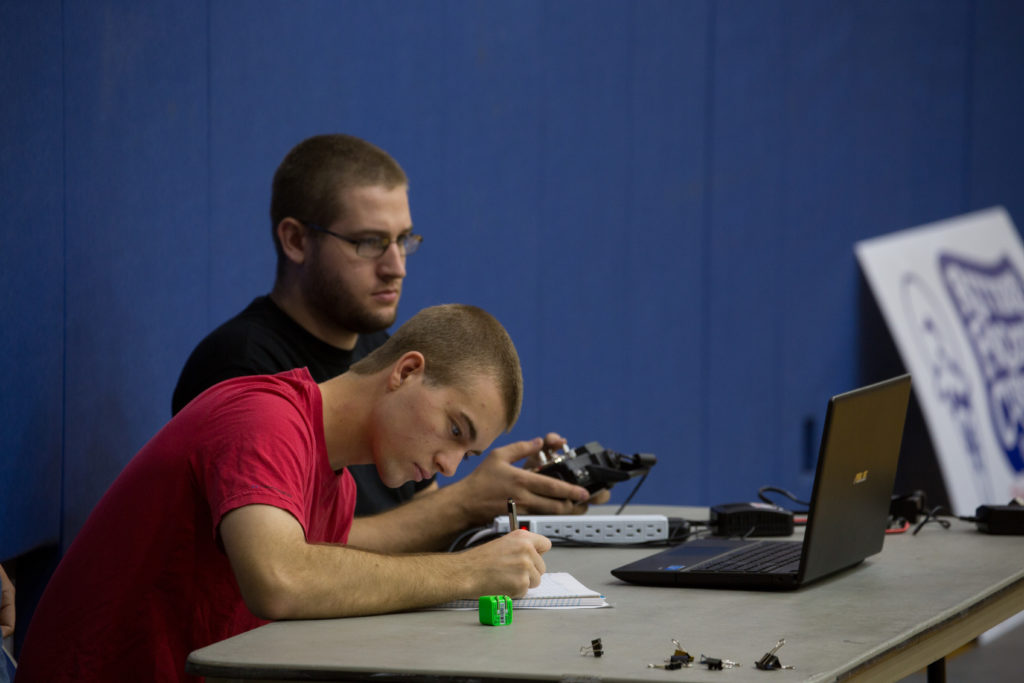A mixed-methods (sequential explanatory) research strategy was developed and implemented to examine a series of consumer multirotor sUAS (instruments) and identify suitability as initial platforms for novice operators. The research for this guide began in November 2015, with student teams formed in December. These student teams, under the guidance of ERAU-Worldwide UAS faculty, began collecting published performance (quantitative) data for consumer multirotor sUAS, based on selection criteria. The team generated funds through a crowdfunding campaign, including donations of systems for inclusion in the testing. In March 2016, an sUAS Operational Test Plan, including a rubric for system assessment and testing procedures, was developed and submitted to the ERAU Safety Review Board for consideration and approval. In April 2016, the research team met in Daytona Beach, FL to conduct operational assessment of the acquired sUAS, indoors and outdoors (flown under the provisions of the Nevada Institute of Autonomous Systems [NAIS; FAA designated UAS test site] public certificate of waiver or authorization [COA]) in accordance with Federal, State, and local regulations. The testing event featured detailed examination of each system; operation as suggested by the manufacturer (operational ease); review of system assembly (construction quality); comparison of published performance to operational experience (availability and accuracy of reported values); and use of available operator support resources (user support).
This mixed-methods study was designed to examine and identify the suitability of a series of consumer sUAS as initial platforms for novice operators. A sequential explanatory mixed methods design was employed, with quantitative and qualitative data collected in series, analyzed independently, and then merged for final analysis. For this study, the rationale supporting collection and analysis of both quantitative and qualitative data was the need to compare individual measures representing platform capability (quantitative) with subjective, assessed quality (qualitative) ratings to determine an overall level of platform suitability to an end user, a novice sUAS operator.
- Read more in the ERAU Worldwide Small Unmanned Aircraft System Consumer Guide

